Learn the making of Kozhukattai a traditional South Indian steamed dumpling filled with a sweet coconut and jaggery mixture. Try our easy to follow Kozhukattai recipe that will guide you through the process of creating this beloved treat at home perfectly for celebrating festivals like Ganesh Chaturthi or satisfying your sweet cravings.
Kozhukattai, also known as Modak in some regions, is a traditional South Indian steamed dumpling made from rice flour. It’s often prepared during festivals like Ganesh Chaturthi.
Here’s a simple recipe to make Kozhukattai
Ingredients
For the Outer Dough
- 1 cup rice flour
- 1.5 cups water
- A pinch of salt
- 1 teaspoon sesame oil

For the Sweet Filling
- 1 cup grated coconut
- 1/2 cup jaggery (or sugar)
- A pinch of cardamom powder
- A pinch of salt
Instructions
For the Sweet Filling
1/ Heat a pan on medium heat and add the grated coconut.
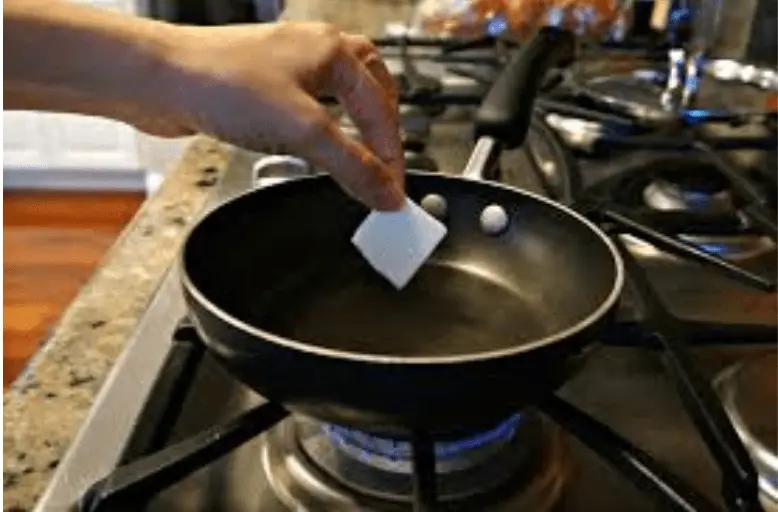
2/ Roast the coconut for a few minutes until it becomes slightly dry and aromatic.
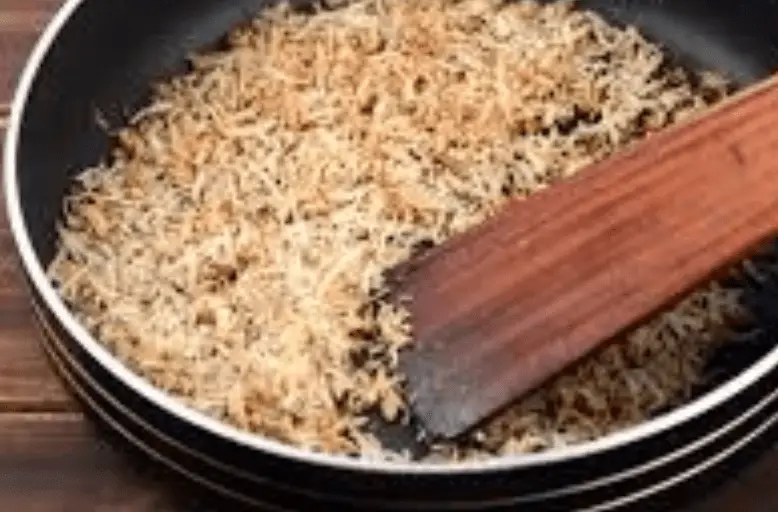
3/ Add the jaggery (or sugar) to the roasted coconut and stir well.
4/ Continue to cook the mixture on low heat until the jaggery melts and combines with the coconut. This will take about 5-7 minutes.
5/ Add the cardamom powder and a pinch of salt, then mix thoroughly.
6/ Remove the sweet filling from the heat and allow it to cool.
For the Outer Dough
1/ In a separate pan, bring 1.5 cups of water to a boil. Add a pinch of salt and one teaspoon of sesame oil.
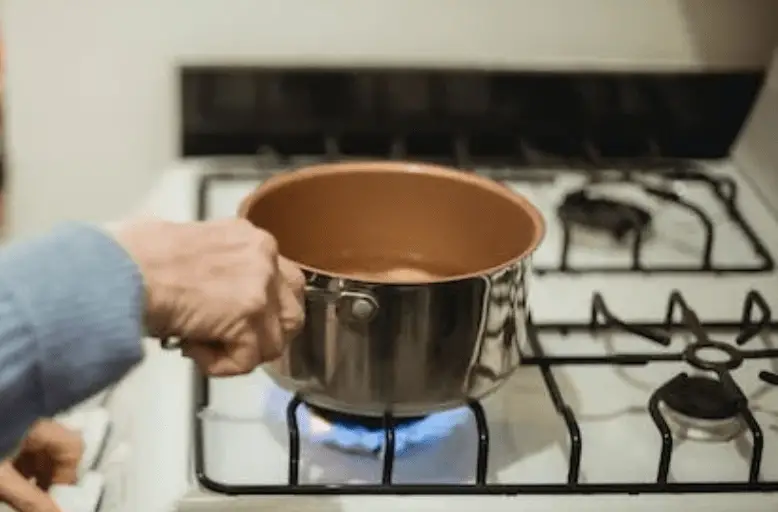
2/ Reduce the heat to low and add one cup of rice flour all at once.
3/ Quickly stir the mixture to combine the rice flour with the water, then turn off the heat.
4/ Cover the pan with a lid and let it rest for 5-7 minutes.
5/After resting, knead the dough until it’s smooth and pliable. Apply a little sesame oil to your hands to prevent sticking. Keep the dough covered with a damp cloth to prevent it from drying out.
Assembling the Kozhukattai
1/ Take a small portion of the prepared dough and roll it into a smooth ball.

2/ Flatten the dough ball into a small disc using your fingers or the palm of your hand. Ensure that the edges are thinner than the center, creating a small, shallow cup.
3/ Place a spoonful of the coconut-jaggery filling in the center of the dough.
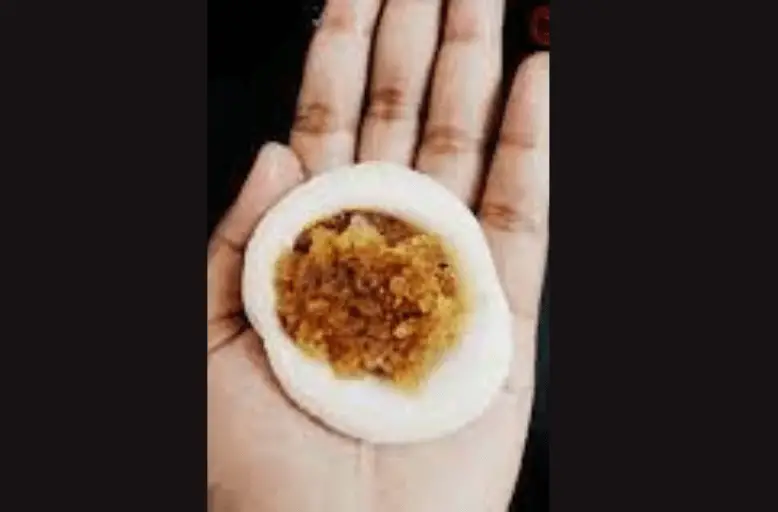
4/ Carefully pleat the edges of the dough disc to cover the filling. Bring all the edges together at the top and pinch them to seal, forming a pyramid or dumpling shape.
5/ Repeat the process to make more Kozhukattai.
Steaming
1/ Arrange the Kozhukattai in a greased steamer or on a greased plate.

2/ Steam them for about 10-15 minutes or until the Kozhukattai become slightly translucent.
3/ Remove the Kozhukattai from the steamer and let them cool for a few minutes before serving.
Enjoy your homemade Kozhukattai as a delightful sweet treat during festivals or special occasions.
Tips And Tricks To Help You Making Perfect Kozhukattai:

For the Outer Dough: Use good quality rice flour for the dough to ensure a smooth and pliable texture. Add a pinch of salt and a teaspoon of sesame oil to the boiling water when making the dough. This enhances the flavor and makes the dough easier to work with.
While kneading the dough make sure it’s soft and free of lumps. Apply a little sesame oil to your hands to prevent sticking. Keep the dough covered with a damp cloth at all times to prevent it from drying out while working on individual Kozhukattai.
For the Sweet Filling: Grate fresh coconut for the filling. Fresh coconut adds a rich and authentic flavor. If using jaggery, ensure it’s finely grated or chopped to ensure even melting when cooking with the coconut. Adding a pinch of salt and cardamom powder to the filling enhances the flavor and aroma.
Assembling the Kozhukattai: When shaping the dough disc make sure it’s thin at the edges and slightly thicker in the center. This ensures the Kozhukattai doesn’t break while shaping. Be mindful not to overfill the Kozhukattai with the coconut jaggery mixture as it can lead to difficulties in sealing. While pleating the edges ensure they are tightly sealed to prevent the filling from spilling out during steaming.
Steaming: Grease the steamer or plate where you place the Kozhukattai to prevent sticking. Steam the Kozhukattai on medium heat. Avoid high heat, as it may cause them to crack. Steam for just the right amount of time (10-15 minutes) until they become slightly translucent. Oversteaming can make them soggy.
Presentation: Serve the Kozhukattai while they are still warm for the best flavor and texture. You can garnish them with a drizzle of ghee and a few saffron strands for an extra touch of richness and elegance.
Practice Makes Perfect: Making Kozhukattai can be a bit challenging initially so don’t be discouraged if your first attempts aren’t perfect. With practice you’ll become more skilled at shaping and steaming them to perfection.
Remember making Kozhukattai is not just about the culinary experience it’s also a cultural and festive tradition often shared with loved ones during special occasions. Enjoy the process and savor the delicious results!
NUTRITION FACTS

The nutritional content of Kozhukattai can vary depending on the specific ingredients used and the size of each dumpling. Here’s an approximate nutritional breakdown for a standard-sized Kozhukattai (about 40 grams):
Calories: Approximately 90-110 calories per Kozhukattai.
Carbohydrates: Around 20-25 grams of carbohydrates, primarily from rice flour, jaggery (or sugar), and the filling.
Protein: Approximately 1-2 grams of protein, mainly from coconut and rice flour.
Fat: Around 1-2 grams of fat, primarily from the coconut and any added sesame oil.
Fiber: Minimal dietary fiber content.
Sugar: Depending on the sweetness level, a Kozhukattai may contain around 5-10 grams of sugar, primarily from jaggery or sugar.
Sodium: Kozhukattai typically has a low sodium content unless salt is added to the filling or dough.
Please note that these values are approximate and can vary based on the specific ingredients and proportions used in your Kozhukattai recipe. Additionally the calorie and nutrient content may change if you use alternative ingredients or modify the recipe.
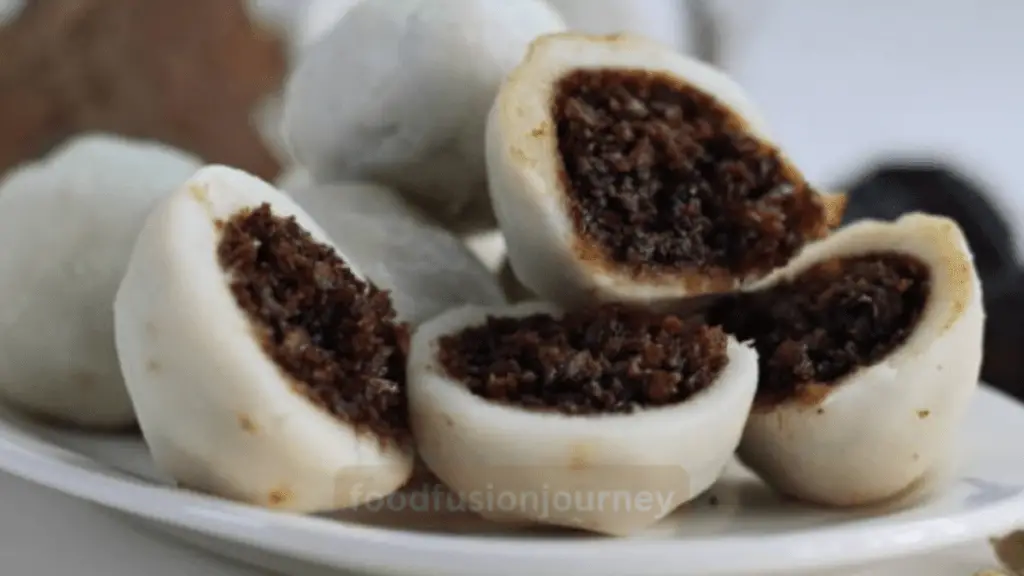
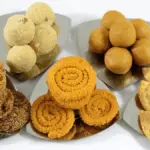

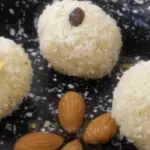
Pingback: 15 Deepavali Special Sweets and Snacks - food fusion journey